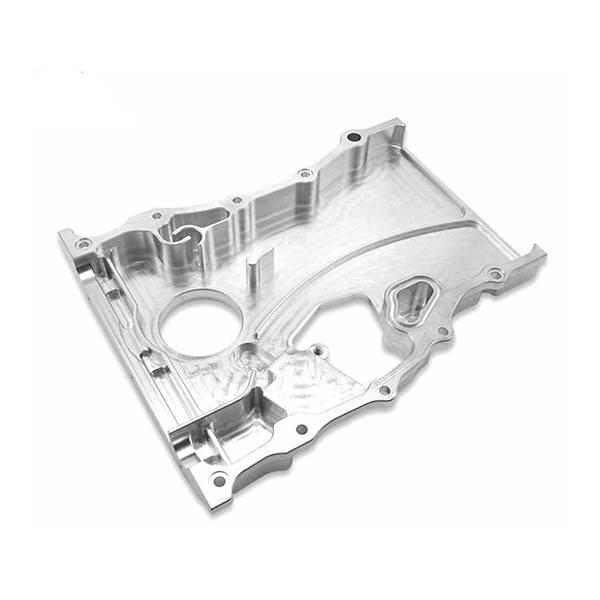

SumitechProvide customers with precision parts
Focus on precision parts processing and production
Order Hotline:+86 13418256345

Why do coarse and fine parts need to be processed separately in automated parts processing?
To ensure the processing accuracy of precision parts, coarse and fine mechanical parts must be separated in automated parts processing. When rough mechanical parts are processed, the cutting volume is large, and the cutting force, clamping force, heat of the workpiece, and the surface of the precision parts have obvious work hardening phenomena. The workpiece is under relatively large internal stress. If the rough mechanical parts are processed continuously after completion, the accuracy of the parts will be lost very quickly due to stress redistribution. For the processing of mechanical parts of some high-precision hardware handboard models. After rough and finish machining, a low-temperature annealing process for aging treatment should also be arranged to eliminate internal stress.
When performing automated parts processing operations, it is necessary to pay attention to whether the heat treatment process needs to be arranged. The location arrangement is as follows: Heat treatment processes for metals that improve their machinability, such as annealing, normalizing, and tempering, are generally arranged in the processing of mechanical parts. Eliminate internal stress, such as aging treatment, regulating treatment, as shown in the general layout drawing, after rough machining, but still completed. Components aimed at enhancing mechanical properties, such as carburizing, quenching and tempering, are generally arranged in the processing of mechanical parts. Even if the deformation is large after heat treatment, the processing procedure should still be arranged.
Automated parts processing coated tungsten steel milling cutters are mainly used for cutting steel parts, cast iron, etc. It is relatively heat-resistant. Wear-resistant. The selling price is higher. Drill bits. This is quite common. Including standard twist drills. It is mainly used for hitting regular materials. The punching function of conventional products. Group drills can play a magical role for some special workpieces. Fixed-point drilling and center drilling.
It is mainly used to function as an automated parts processing center. Chamfering knives can generally be replaced by point drills. It is mainly used for chamfering products. CNC ball head cutters are mainly used for processing curved surface products. Of course, special purposes are also acceptable. CNC boring tool, used for boring fine holes. The general scale is adjustable. The holes mainly used for processing have relatively high requirements. But compared with reamers. It will not play a role in making holes. Reamer. It mainly serves the function of reaming. It is generally used for fine hole processing.
It can play a role in correcting the verticality of the hole. Face milling cutter. Also known as flying knives. Milling large planes. It is also a common cutting tool in machining centers. Round-nosed knives are generally used for roughening. It can also be face milling, etc. It has relatively wide applications. Thread milling cutter. Threads can be milled. The thread cleaning program can be written with programming software. screw tap. It serves the purpose of tapping the product. It is divided into cutting taps. Spiral tap. Squeeze the tap. The swallowtail knife is named for its shape resembling a swallowtail. It is mainly used for opening dovetail grooves. Engraving tools. It is mainly used for product engraving. Roller knife. Used for processing holes. It can make its smoothness reach the mirror level.
About Sumitech
CompanyapplicationCertificate environmentcontactProduct
Five axis machining part High precision partsCNC lathe partsMedical device partsOther industriesNews
Company Industry problem+86-134-1825-6345Monday to Saturday 8:30-20:00
(welcome to inquire)
Sumitech precision machinery technology (Dongguan) Co., Ltd © Copyright【ADMIN】【Back to top】